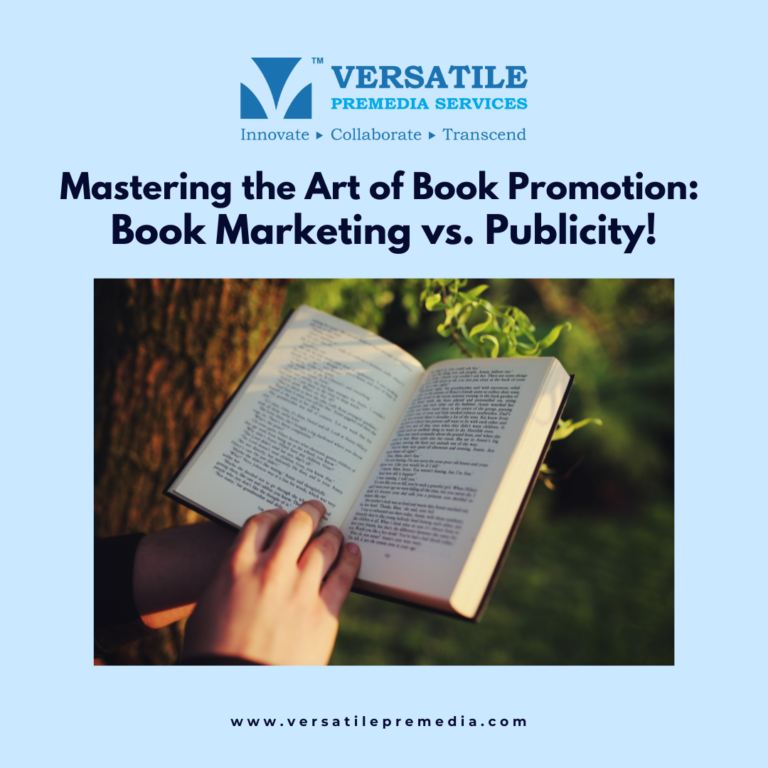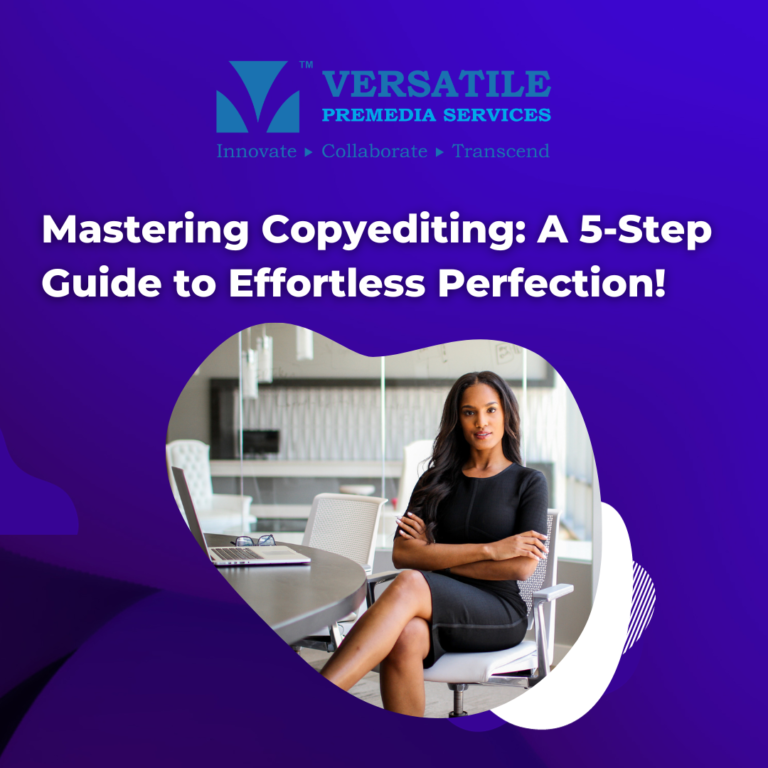You have been dreaming and waiting for this moment, since the beginning. It is the moment you have been working towards this whole time. Now it is time to finally wrap it all up and create that perfect “Satisfying Ending” to your story. Sometimes conclusions are designed to satisfy, answering the questions posed along the way. These are endings that allow you to leave as quickly as you came in.
But –
What if the ending isn’t designed to satisfy? What if it is trying to lead the reader in another direction? What if the story doesn’t want to let you leave quietly? And what if the whole point is to pull the rug out from under you?
So, how are you going write a fulfilling ending? Try out a few styles and see what you like!
- A Long-established Ending
Also called the ‘Straightforward Ending’. This Strategy wraps typically up all the loose ends, and kindly informs the reader that the story has come to an end. The reader usually knows the destiny of most characters and leaves the story feeling that the description is complete.
There is also a long history of traditional Endings in mystery novels, but that is not the only place they show up. The advantages of using this ending are that your reader is most likely to come away from your work, feeling warm and satisfied, as if to say that their time was very well spent.
- A Thriller Ending
Thriller endings are generally found midway. Unlike the traditional finish, this nail-biter strategy leaves a handful of critical elements that are unknown. They are great at making your reader think about what is going to happen desperately; next, I would not suggest using one unless you’re coming back to answer a few of those questions later on.
Do not take your reader’s attention for granted here. The reader may know that another part is coming, but that does not mean they are automatically going to read it. With this end, your goal is not to completely satisfy the reader, but rather to stimulate them and encourage them to collect the next section. If this end does not give them a reason to want the next book, then they are not likely to search it out.
- A Vague Ending
A puzzled or vague ending leaves you wondering– what was that you just read? Did you miss a passage? Was this intentional, or do you forget how to read?
The ending is indirect. As an author, you are asking the reader to fill in the blanks and decide what happened finally.
Authors often withhold information and allow two to three possible clarifications to exist in the reader’s mind after the end is written. When done correctly, the reader will be forced to think analytically about the story and come to their conclusion. But by doing this, you also run the risk of leaving the reader frustrated and unsatisfied.
- A Startled Ending
The startling ending is what you use once you have laid the groundwork and guided the reader comfortably to the end of the story, to drop them off a cliff at the last moment, leaving them startled and hopefully in awe. When done well, the reader may applaud you. It would help if you left enough hints along the way so your real ending will still make sense.
- A Leap Ahead Ending
This type of ending often finds its happy home in the tail end. With this Strategy, the writer allows the audience to see what the majority of the characters are up to subsequently. It is usually removed from the main narrative in some way. This Strategy gives the writer a chance to show how the events of the novel have affected the main characters in the long run.
The more time the reader invests in your story, the more they may want a real ending. So, gauge your script accordingly.




2 Responses
Wow, fantastic weblog layout! How lengthy have you ever been blogging for? you make running a blog look easy. The total glance of your website is fantastic, let alone the content!!
A lot of thanks for all your valuable effort on this site. My mum enjoys working on research and it’s obvious why. Almost all notice all relating to the compelling tactic you deliver worthwhile guidance on this web blog and as well increase contribution from the others on the subject matter plus our own princess is without question understanding a great deal. Have fun with the remaining portion of the year. You’re the one carrying out a useful job. blog
I always use url shortener
It is very helpful.